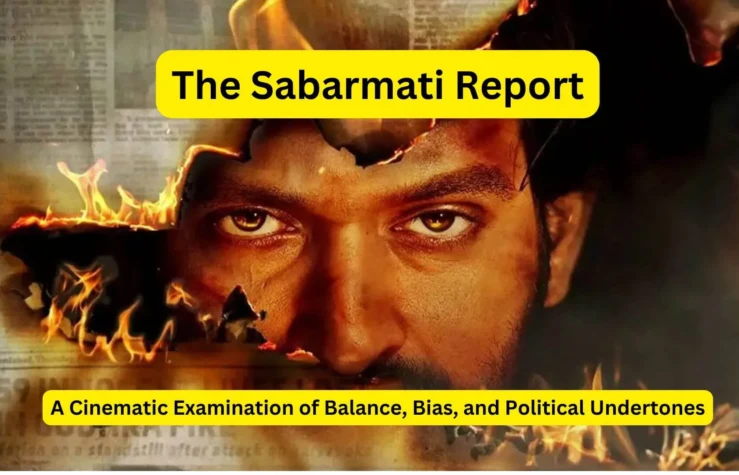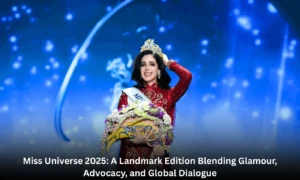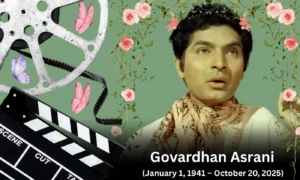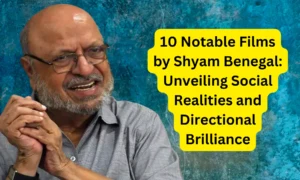The Sabarmati Report is a bold cinematic attempt to tackle one of the most contentious events in modern Indian history: the 2002 Godhra train tragedy and its aftermath. Directed by Dheeraj Sarna and starring Vikrant Massey, Raashii Khanna, and Riddhi Dogra, the film navigates the realms of journalism, political commentary, and personal redemption. While the intent is ambitious, the execution reveals a myriad of complexities, contradictions, and missed opportunities
Plot Overview and Core Themes
Set against the grim backdrop of the February 27, 2002, Godhra train tragedy, where 59 Hindu pilgrims perished in a fire aboard the Sabarmati Express, the film unfolds through the eyes of two journalists—Samar (Vikrant Massey) and Amrita (Raashii Khanna). Samar, a small-town journalist trying to make his mark, initially works for an elite English-language news channel. However, his findings on the incident are dismissed as inconvenient and unsellable, leading him into a downward spiral of depression and alcoholism.
Five years later, Samar, rejuvenated by Amrita’s encouragement, embarks on a mission to unearth the truth behind the tragedy, which has long been shrouded in conflicting narratives. His investigation challenges the “accident” theory posited by an earlier report and aligns itself with the conclusions of the Nanavati-Mehta Commission, which declared the incident a premeditated conspiracy.
At its heart, the film wrestles with notions of truth, balance, and bias in journalism. It juxtaposes the elite, English-speaking media with vernacular journalism, questioning the motivations and integrity of both. The themes of nationalism, secularism, and political manipulation run throughout, creating a charged narrative environment.
The Dichotomy of Journalism: English vs. Vernacular
One of the central conflicts in The Sabarmati Report is the portrayal of a stark divide between English-language and vernacular media. The English-speaking journalists, represented by Riddhi Dogra’s character, are depicted as elitist, disconnected, and often complicit in suppressing inconvenient truths. In contrast, vernacular journalists, like Samar, are portrayed as honest, grounded, and aligned with the sentiments of the common man.
While this dichotomy provides dramatic tension, it oversimplifies the complexities of journalism in India. The reality is far more nuanced, with both English and vernacular media playing pivotal roles in shaping public opinion. By creating this binary, the film risks alienating sections of the audience who may view this portrayal as reductive and biased. Moreover, it glosses over the role of local publications in fanning communal tensions during the riots, a crucial aspect that could have added depth to the narrative.
Selective Storytelling and Skewed Perspective
A significant shortcoming of The Sabarmati Report is its selective focus. While the film delves deeply into the Godhra train tragedy and the loss of lives aboard the Sabarmati Express, it largely sidelines the horrific aftermath—the Gujarat riots. These riots, which claimed over a thousand lives and displaced countless others, are referenced only tangentially, despite their undeniable connection to the train tragedy.
This omission raises questions about the film’s intent. By choosing to emphasize the train incident while downplaying the riots, the narrative aligns itself with a particular ideological perspective. This selective storytelling undermines the film’s claim of journalistic balance and fairness, as it fails to provide a comprehensive account of the events and their far-reaching consequences.
Characterization and Performances
Samar (Vikrant Massey)
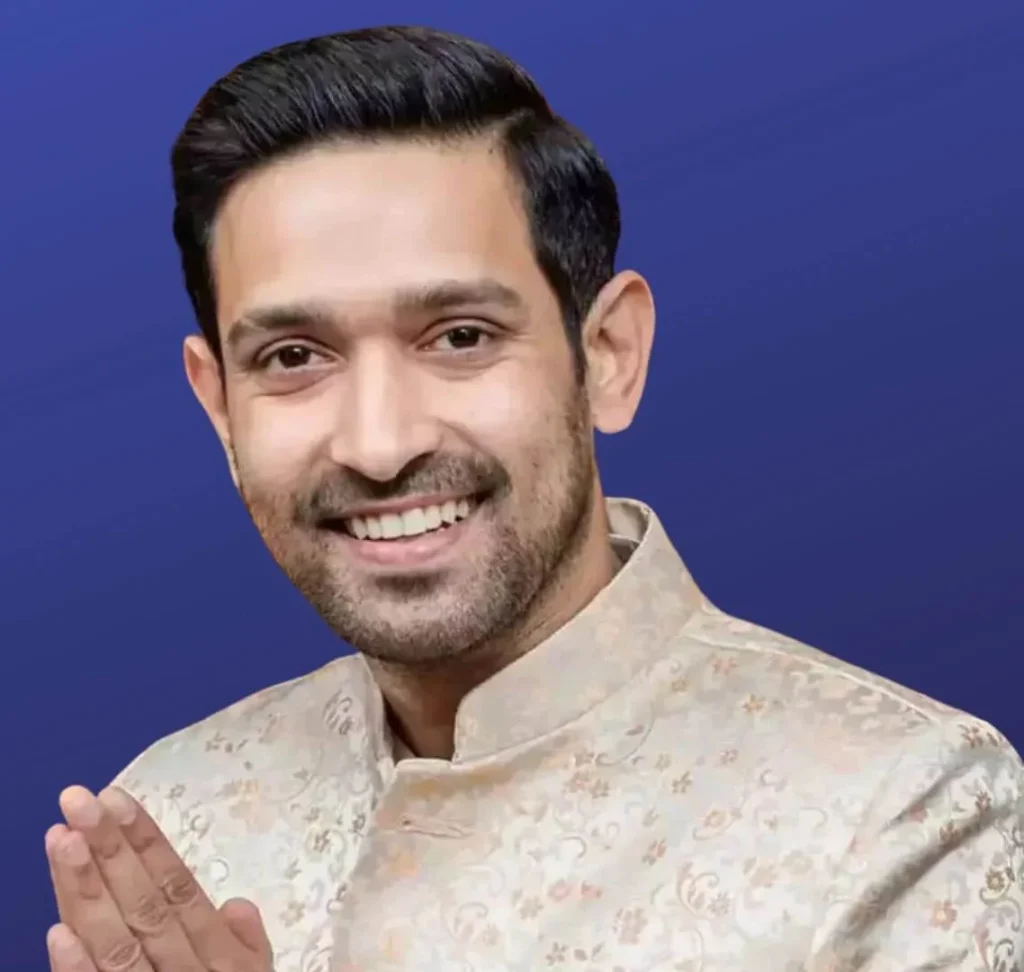
Vikrant Massey delivers a sincere performance, capturing Samar’s journey from a struggling, small-town journalist to a determined investigator with emotional depth. His portrayal of a man grappling with professional rejection and personal despair is both compelling and relatable. Samar’s struggle to navigate the English-dominated media landscape resonates deeply, reflecting the broader challenges faced by vernacular journalists in India.
However, the script burdens Samar with excessive melodrama and heavy-handed monologues. These moments, intended to heighten the emotional stakes, often feel overwrought and detract from the character’s authenticity. Massey’s naturalistic acting is at its best in the quieter, introspective moments, which unfortunately are overshadowed by the film’s penchant for high-pitched dramatics.
Amrita (Raashii Khanna)

Amrita serves as Samar’s moral compass and emotional anchor, guiding him out of his despondency and reigniting his journalistic zeal. While Raashii Khanna delivers a competent performance, her character lacks depth and is primarily defined by her role as Samar’s support system. This underdevelopment limits her impact on the narrative.
Manika Rajpurohit (Riddhi Dogra)

Riddhi Dogra’s character symbolizes the film’s critique of English-language media. While her performance is effective, her character is more a caricature than a fully realized individual. Her dismissal of journalistic ethics in favor of sensationalism underscores the film’s ideological stance but does little to enrich the narrative.
Directorial Choices and Cinematic Execution
Originally directed by Ranjan Chandel, the film underwent significant changes under Dheeraj Sarna’s direction. This transition is evident in the film’s uneven tone and pacing. The narrative oscillates between moments of incisive commentary and overwrought melodrama, leaving the audience with a sense of inconsistency.
The cinematography by Amalendu Choudary is a standout feature, capturing the texture and atmosphere of the setting with finesse. The use of muted tones and dynamic framing effectively conveys the gravity of the events being depicted. However, the screenplay often prioritizes emotional manipulation over investigative rigor, undermining the film’s potential as a journalistic thriller.
Cultural and Political Undertones
Portrayal of the Godhra Incident
The film aligns itself closely with the conclusions of the Nanavati-Mehta Commission, which declared the Godhra train tragedy a premeditated conspiracy. This stance, while aligned with certain political narratives, has been contested by other investigations. By adopting this perspective without critically examining alternative viewpoints, the film risks being perceived as one-sided.
Representation of Muslims
The depiction of Muslims in the film is problematic. While the community is largely portrayed as violent and reactionary, a few “good” characters are included as token gestures of fairness. This portrayal perpetuates stereotypes and undermines the film’s claim of balance and impartiality.
Political Parallels
The inclusion of real-life political figures thinly disguised as fictional characters adds another layer of complexity. The Gujarat Chief Minister, modeled after Narendra Modi, is shown basking in the state’s growth boom, while a Sonia Gandhi lookalike conspires to exploit the tragedy for political gain. These portrayals, while dramatic, reinforce the film’s ideological leanings and detract from its journalistic ambitions.
Strengths and Shortcomings
Strengths
- Vikrant Massey’s Performance: Massey’s portrayal of Samar adds a layer of authenticity to the film, grounding its narrative in relatable human struggles.
- Cinematography: Amalendu Choudary’s visual storytelling enhances the film’s atmosphere and emotional impact.
- Humorous Moments: The inclusion of lighter moments, such as the sequence involving the word visthaapit, provides brief relief from the film’s heavy subject matter.
Shortcomings
- Selective Focus: The film’s emphasis on the train tragedy at the expense of the Gujarat riots undermines its credibility.
- Overwrought Drama: The reliance on melodrama and high-pitched speeches detracts from the film’s journalistic ambitions.
- One-Dimensional Characters: Many characters function more as ideological symbols than fully realized individuals, limiting the narrative’s depth.
Broader Implications and Reception
The Sabarmati Report enters a cinematic landscape marked by a growing trend of politically charged narratives. Films like The Kashmir Files and The Kerala Story have polarized audiences, and The Sabarmati Report risks being categorized in the same vein. While it avoids the overt conspiratorial tone of some of its predecessors, its selective storytelling and ideological leanings limit its appeal to a broader audience.
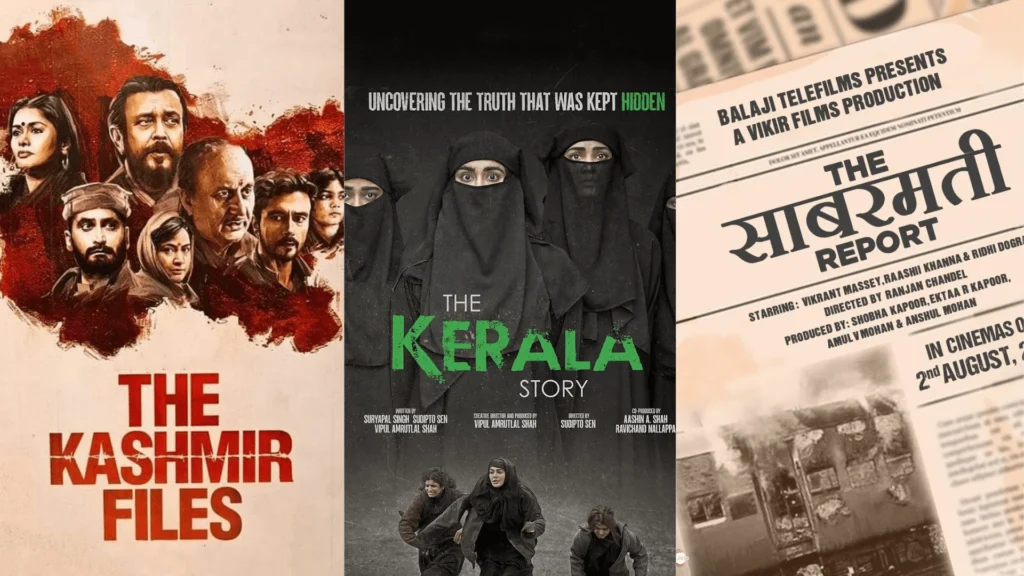
The film’s release, delayed multiple times, reflects the challenges of balancing artistic integrity with commercial and political pressures. With its eventual debut at the end of 2024, it arrives at a time when audiences may be fatigued by the formulaic nature of political dramas.
Conclusion: A Missed Opportunity
The Sabarmati Report is an ambitious but flawed attempt to explore one of India’s most significant modern tragedies. While it raises important questions about journalistic ethics and the nature of truth, its selective focus and ideological leanings undermine its credibility. The film’s potential to provide a balanced, nuanced exploration of the Godhra tragedy and its aftermath is overshadowed by its reliance on melodrama and political symbolism.
In an era where cinema has the power to challenge narratives and foster understanding, The Sabarmati Report serves as a reminder of the importance of storytelling that is not only compelling but also honest and inclusive. For all its efforts to highlight the need for balance and fairness, the film ultimately falls short of embodying these ideals.

